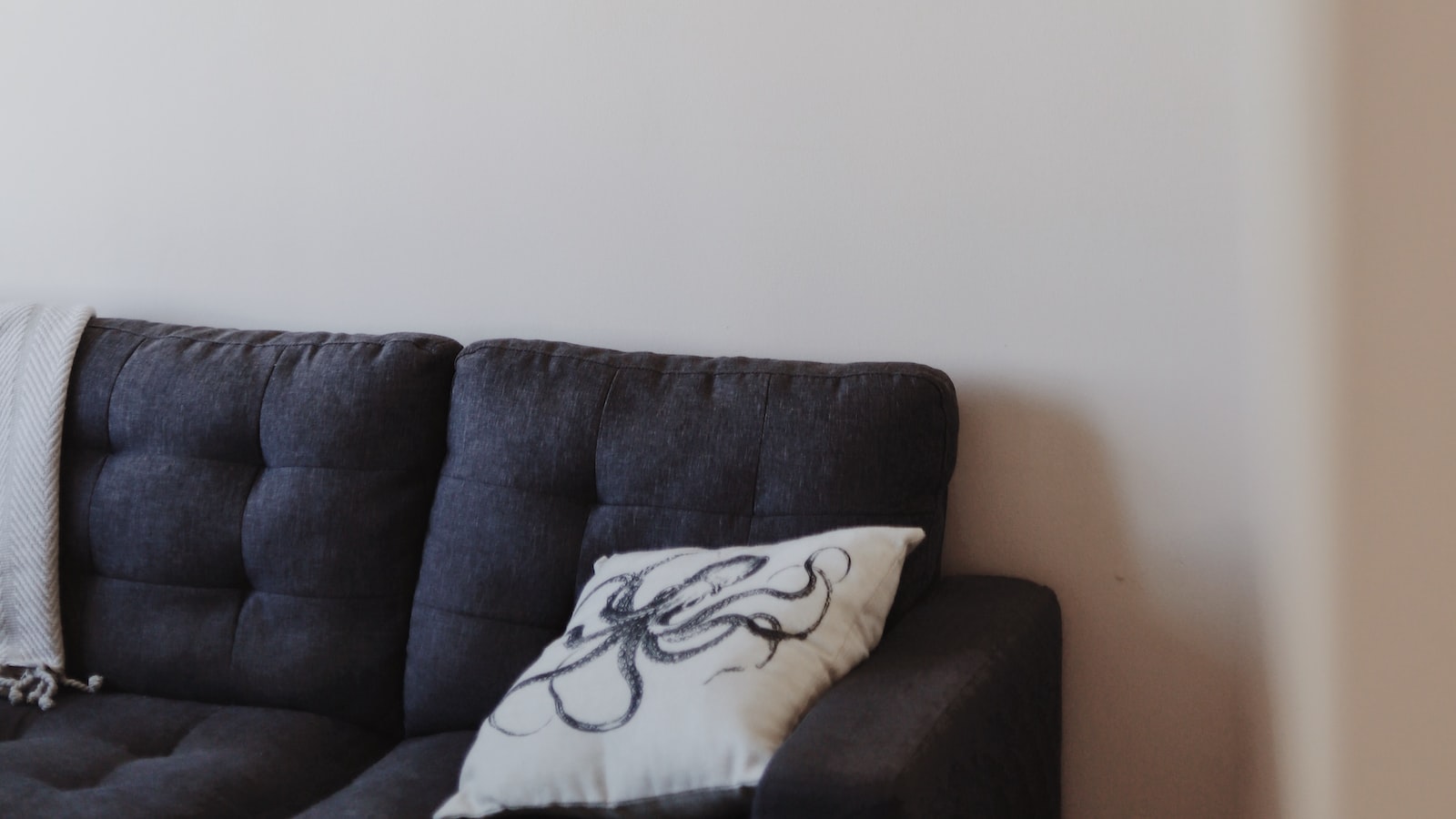Growing Peppers Indoors – Guidelines & Tips
Growing your own peppers indoors is an easy and enjoyable way to add fresh produce to your meals. Peppers are incredibly versatile and can be eaten cooked, raw, added to salads and dips, and more—plus, they come in a variety of colors and flavors. Here’s a few guidelines and tips for growing peppers inside your home.
Choosing The Right Variety
When you’re growing peppers indoors, choose from the smaller varieties, such as bell peppers, jalapeños, habaneros, and serrano peppers. These varieties don’t require as much space and are more likely to be successful when grown indoors. Avoid varieties like Hungarian or Anaheim peppers, as they can reach up to five feet in height and need a lot of room.
Soil and Planting
Peppers like fertile soil, so you’ll want to use soil specifically that’s been labeled for peppers. Additionally, you’ll want to make sure your container has good drainage and is big enough to hold the pepper plants.
Once your soil and container are ready, you can plant your seeds. Plant one or two seeds about ¼ inch deep per pot. Be sure to not plant the seeds too deep, as they can struggle to emerge. Keep the soil lightly moist until the ends break through the soil.
Positioning and Lighting
Once your peppers have sprouted, they need bright indirect sunlight. Placing your peppers near a south-facing window should do the trick. In the absence of bright sunlight, you can use a full-spectrum grow light to give your peppers the light they need.
Make sure to rotate the pot every few days, as this will help your peppers get even light exposure and grow more straight and uniformly.
Water and Fertilizer
Water your peppers regularly, giving them about one to two inches of water per week. Your peppers will need even more water when the fruits start to form. Make sure that you are not over-watering your peppers, as this can lead to fungal buildup and yellowing leaves.
Fertilize your peppers every two or three weeks with a balanced fertilizer. This will help to give your peppers the nutrients they need to grow strong and healthy.
Harvesting
When it comes time to harvest your peppers, do so when they are bright in color and feel firm when you touch them. Cut the pepper off the stem with scissors or a knife, and enjoy the fruits of your labor!
Growing peppers indoors can be a fun and rewarding experience. By following these simple guidelines and tips, you’ll be sure to have success with your pepper plants.



